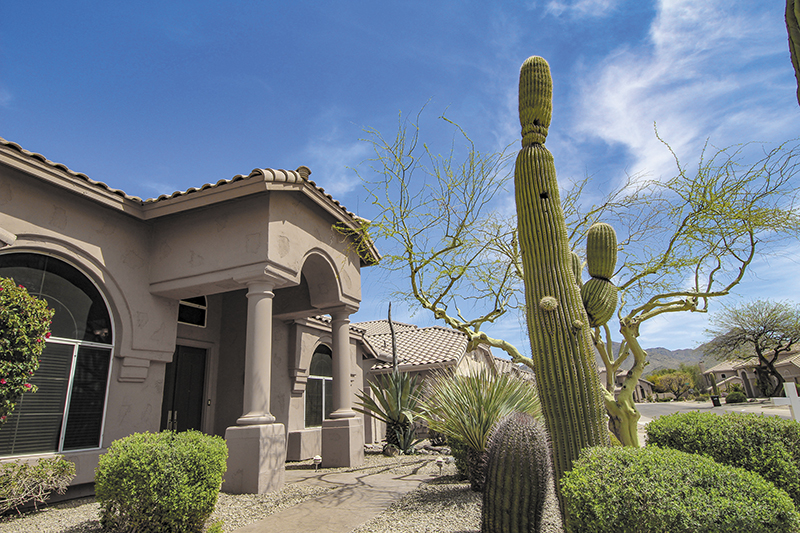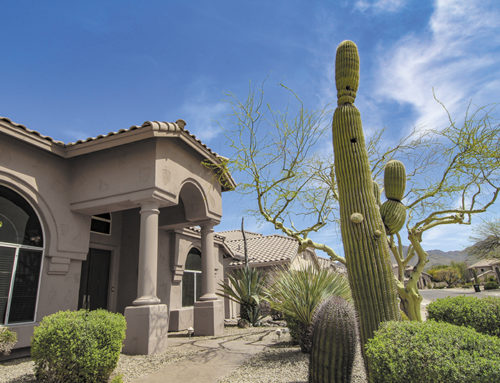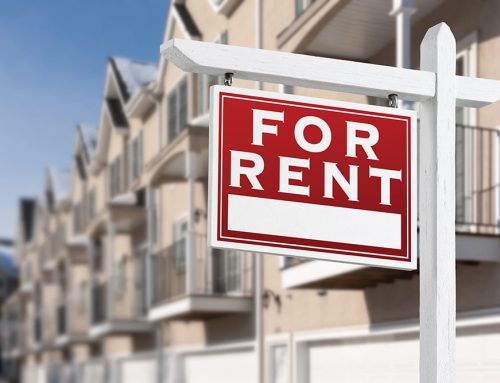By Frank May, Real Estate Agent
Over the past 18 months, as interest rates have risen, we’ve noticed a corresponding drop in home prices. And just like our long-awaited cooler temperatures, this is a refreshing change for prospective buyers!
Now, many buyers are not only capitalizing on these lower prices but also benefiting from seller concessions. These concessions can cover closing costs, contribute to an interest rate buydown, or sometimes both.
What does using a seller’s concession mean? It can result in a permanent rate reduction or a 2-1 buydown. The latter signifies that in the first year, your interest rate will be 2% lower than the prevailing one. Such reductions can lead to significant monthly savings. It also provides a comfortable window for interest rates to decrease further, allowing homeowners to refinance.
Despite sellers having to be more generous in this shifting market, it’s worth noting that many homeowners have amassed considerable equity during their ownership period. Due to the consistent, often double-digit, increase in home prices annually (and occasionally monthly) for the past five years or so, sellers find themselves in a favorable position in terms of equity when they decide to sell. True, the profits might not be as substantial as they would’ve been 15 months ago, but for those who’ve had their homes for several years, the returns remain promising.
To provide some perspective, when I began my real estate career, annual property value increases hovered around 3% to 4%. Selling a home two years post-purchase would just about cover fees, leaving a modest profit. However, in most of the last decade, we’ve seen such explosive growth that homeowners have come to expect returns exceeding 10% annually – sometimes even 10% monthly!
Switching gears, a noticeable uptick in buyer cancellations was observed last month. Contrary to the ‘cold feet’ theory proposed in some articles, I attribute this trend to the sudden spike in interest rates. Buyers often get prequalified based on current rates, which can’t be locked in until a contract is finalized. If a buyer commits to a home, and the rates surge even by just a quarter of a percent before the lock-in, they might find themselves no longer qualifying. Hence, it’s crucial for sellers and their agents to discuss rate lock-ins with potential buyers and their lenders early in the process. I’ve witnessed instances where buyers opted to delay their lock-in, only to be thwarted by escalating rates – a gamble that doesn’t always pay off.
The essence is clear. If you’re in the market to buy, you’re likely to get a favorable deal and substantial negotiating power, making this a golden opportunity. Plus, once you’ve secured a property at a lowered rate, you can always refinance when the rates drop again.
As always, if you have any real estate-related queries or need referrals for various services, don’t hesitate to reach out to us. And remember, Arizona’s pleasant winter is why so many choose our state. Make the most of the upcoming six months!
Frank May grew up in the Valley, graduating from Northwest Christian School and Northern Arizona University. He is a real estate agent with RE/MAX Fine Properties and has been helping both buyers and sellers for over 20 years. He has been a Dave Ramsey Endorsed Local Provider (ELP) since 2003. Learn more at mayteam.com.





